Why hello, you ultra-processed human
A review of Ultra-Processed People & our atrocious modern diet
Heuristics are mental shortcuts humans use so we’re not overwhelmed by daily decisions. A few examples of a heuristic include; items which cost more tend to be higher quality, a politician will sell her own mother into indentured servitude to get reelected, the amount of tequila consumption at a company function is directly correlated with one’s chances of waking up unemployed.
What about the food you eat, what heuristics do you apply there? Whether you’re already a healthy weight and want to stay that way, or you want to lose weight, you probably have a few rules about what you shovel into your intake port. Nothing high in fat? No soda? Something else entirely? One of my food heuristics is that I try to avoid eating anything with a lot of preservatives in it.
I must qualify this Tweet by pointing out that my family cooks unusually healthy meals and so I’m largely able to escape the American food trap I identified here. However, the sad fact is that most Americans aren’t eating well, and many probably don’t even realize just how bad their diet is. Enter Ultra-Processed People by Chris van Tulleken.
Ultra-Processed People gives us a new food heuristic: when crafting your diet you can largely ignore fat, sugar and carb content. Instead, pay attention to the extent to which a food has been processed. Ultra-processed food (UPF) is addictive, difficult for our body to process, and is likely the primary cause of the obesity epidemic. Even ostensibly “healthy” UPF like Lean Pockets or Beyond Meat are actually bad for your body and should be avoided.
If this thesis is correct, Ultra-Processed People could revolutionize how we think about what we eat and the steps we take to finally get America’s obesity epidemic under control.
UPF now makes up as much as 60 per cent of the average diet in the UK and the USA. Many children, including my own, get most of their calories from these substances. UPF is our food culture, the stuff from which we construct our bodies. If you are reading this in Australia, Canada, the UK or the USA, this is your national diet.
Let’s define our terms. Our rule of thumb is that if a product contains ingredients that you wouldn’t find in a well-stocked kitchen, it’s probably UPF. For example, my peanut butter contains hydrogenated palm oil and my guava juice contains xanthan gum. This means that both of these products are technically UPF, as they contain ingredients that have been heavily processed.
UPF exists on a scale. A product may contain trace amounts of UPF ingredients, like these local food bars that contain soy protein isolate and vanilin, but are otherwise made from wholesome ingredients.
Or a product can be made almost entirely from processed materials. For example, look at this toxic sludge 👇 We sold these culinary abortions at the convenience store I managed when I was in college, and they’re so fucking foul that a single large bite was enough to make my stomach hurt. Ultra-Processed People refers to this crap as an “industrially produced edible substance,” and if you look at the ingredients list you’ll see why that label is justified.
If UPF is so unhealthy, why do we eat so much of it? There are several reasons…
Price - Ultra-processed foods are assembled in a factory from ethically dubious ingredients. The UPF production technique breaks down whole food like corn or wheat to its base structure, and then reconstitutes the mush into a food-like product.
Because the finished “industrially produced edible substance” bears no resemblance to the ingredients that have gone into it, food factories can use the cheapest and least appetizing inputs. Such as leftovers from ethanol production. That Pop-Tart you enjoy every morning could contain traces of corn husks that were previously treated to make car fuel. Delicious!
The basic construction materials of UPF are industrially modified carbs, fats and proteins, and the processes they are put through remove almost all the chemical complexity. The intensity of ultra-processing means that vitamins are destroyed (or deliberately removed in the case of bleaching), fiber is reduced, and there’s a loss of functional molecules like polyphenols. The result is lots of calories but very little other nutrition.
Texture - Softness is one of UPF’s defining features. You don’t need to chew it very much, if at all. Many people have come to enjoy this soft texture and they, consciously or otherwise, seek out soft food products.
Shelf life - UPF has so many preservatives that coroners have started embalming corpses with Coca-Cola. OK, I just made that up but it’s not far from the truth. UPF is famously long-lived, which makes it economically viable to ship all over the world including to remote regions like the interior of the Amazonian rain forest.
Desire - UPF tastes good and people can easily become addicted to it. Because of how it’s assembled, UPF can may contain more sugar, salt and other tasty chemicals compared to traditional food. Many people find it difficult to stop eating UPF. For example, have you ever noticed someone who didn’t eat every bite of their TV dinner?
Marketing - Marketing plays a pivotal role in UPF’s success. The television and internet ads, the clever packaging at the grocery store, the bright colors and dazzling displays. Food companies spend billions of dollars marketing their products every year.
When we think about food processing, most of us think about the physical things done to food — like frying, extruding, macerating, mechanically recovering, and so on. But ultra-processing also includes other, more indirect processes — deceptive marketing, bogus court cases, secret lobbying, fraudulent research — of which are vital for corporations to extract that money.
UPF and obesity
Ultra-Processed People makes the bold claim that UPF is almost single-handedly responsible for the obesity epidemic in the west. Chris van Tulleken explains that the families who eat the most UPF tend to be the most overweight, and one of the most reliable ways to predict that a family will become overweight is if the mother (or father) stops cooking meals at home.
As mentioned, UPF typically contains more carbs, fat and sugar per bite than normal food. A tendency to take in too many calories is also compounded by UPF’s softness, which messes up the brain’s satiation mechanism. Our bodies are designed to chew food and then break down the fibers in the gut, a process that UPF short circuits.
The destruction of the food matrix by physical, chemical and thermal processing means that UPF is, in general, soft. This means you eat it fast, which means you eat far more calories per minute and don’t feel full until long after you’ve finished.
Given how bad UPF is for the human body, Chris van Tulleken claims that people who want to lose weight shouldn’t count carbs or avoid fats. Their number one concern should be eating whole foods that have been cooked at home and only contain ingredients your grandmother would recognize.
Several studies have supported this finding, including this one in which participants were given the opportunity to eat an unlimited amount of UPF for two weeks. The entire study took place in a lab and caloric intake was carefully tracked. After the initial two weeks with UPF, participants then ate an unlimited amount of “regular” food for an additional two weeks. What happened?
When the results came in, Hall was shocked. He had proved himself wrong and Monteiro right. On the grey, tinned, ultra-processed diet, people ate an average of 500 calories more per day than those on the unprocessed diet, and they gained weight in line with that. Perhaps even more surprisingly, participants actually lost weight when they were on the unprocessed diet, even though they could eat as much of it as they liked.
500 extra calories per day is a lot! That’s the magnitude of UPF’s effect on our caloric intake. By subverting the satiation mechanism, and packing more calories into every bite, UPF gets you to eat too much and the pounds quickly follow.
Exercise doesn’t matter?
There’s a rather shocking claim in the second half of the book. Chris argues that exercise plays almost no role in losing weight. Whether we run five miles in the morning or sit in a chair all day long, our bodies supposedly “adjust” to the circumstances and keep our caloric burn on an even keel. You can’t run yourself skinny, in other words.
Amy Luke and Kara Ebersole of Loyola University showed that there was no difference in total energy expenditure between a cohort of women in rural Nigeria and another in suburban Chicago. In fact, this pattern holds true for all human populations ever studied. And the same thing has been reported in non-human primates like monkeys and apes: captive populations burn the same number of calories as their counterparts in the wild.
These findings challenge everything about our understanding of how the body uses calories. It seems that people burn the same amount of energy each day whether they walk ten miles or sit at a desk. The significance of this can’t be missed: it means that we cannot lose weight just by increasing activity. Variation in body-fat percentage is unrelated to physical activity level or energy expenditure.
I find this argument rather difficult to square with reality. David Goggins is one of my athletic heroes and he runs, a lot… David also eats healthier than the average person, but I can’t believe that his running ~50 miles a week has had no impact on creating this sexy body.
I will admit that the “exercise doesn’t matter” thesis is interesting as a thought experiment. I can see kernels of truth in the thesis (over time the body may adapt to exercise so that you burn fewer calories as you move), but ultimately I’m unable to take it seriously. I know too many people who’ve maintained a healthy body weight via exercise to believe that moving every day has no impact on your weight.
Peter Attia (see my review of his book Outlive) is an outspoken proponent of exercise and he would have some very harsh words for Chris.
The Final Say
There was one small comment that stuck. Whenever I talked about the ‘food’ I was eating, she corrected me: ‘Most UPF is not food, Christ. It’s an industrially produced edible substance.’
Ultra-Processed People presents us with a simple idea for crafting our diet: “eat unprocessed foods, don’t worry about counting calories.” Ok, ok… That’s a bit too simple! There’s a French bakery down the road and their food is mostly non-UPF, but my body isn’t designed to eat muffins for breakfast lunch and dinner. Some discretion is necessary.
That being said, I think that as a rule of thumb the UPF rule is incredibly useful. When you eat home cooked food you feel more full and eat fewer calories with every forkful (on average). Over time this can be a powerful tool in maintaining a healthy body weight.
Since reading Ultra-Processed People I’ve started making a few changes to my own diet. I’ve given up UPF croissants that the local convenience store sells, after I looked at the label and was shocked at how many chemical ingredients they contain. I’ve also been scouring my fridge with a critical eye, and have been getting rid of the most ultra-processed products whenever possible.
We’ve started eating substances constructed from novel molecules and using processes never previously encountered in our evolutionary history, substances that can’t really even be called ‘food’.
Although we’re only in the early stages of what’s surely going to be an insane fucking year, I’m willing to make the bold statement that Ultra-Processed People is likely to be my non-fiction book of the year. The book is interesting AF and there’s even a narrative arc to pull you through the pages. Chris eats a UPF rich diet for 30 days, followed by a UPF free diet for the subsequent 30 days. Does one month of binging on UPF make a noticeable difference in his weight and overall well-being? You’ll have to read Ultra-Processed People to find out…
Go out and enjoy a UPF free day! Thanks for being a paid subscriber 🤙

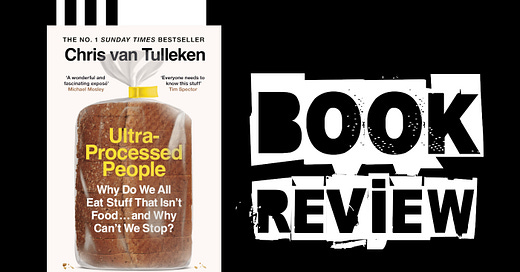


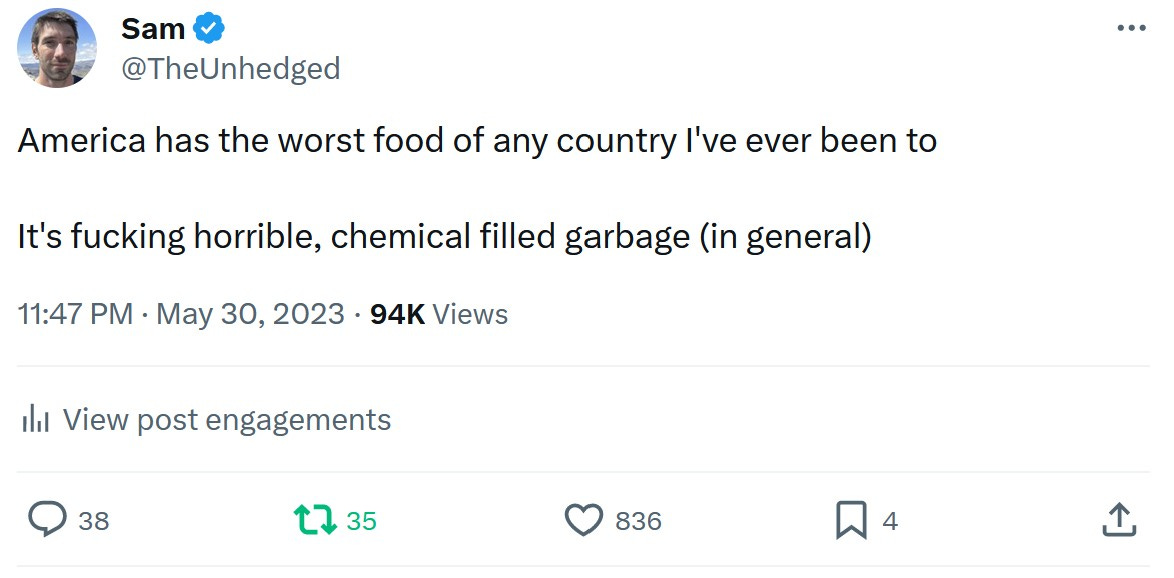

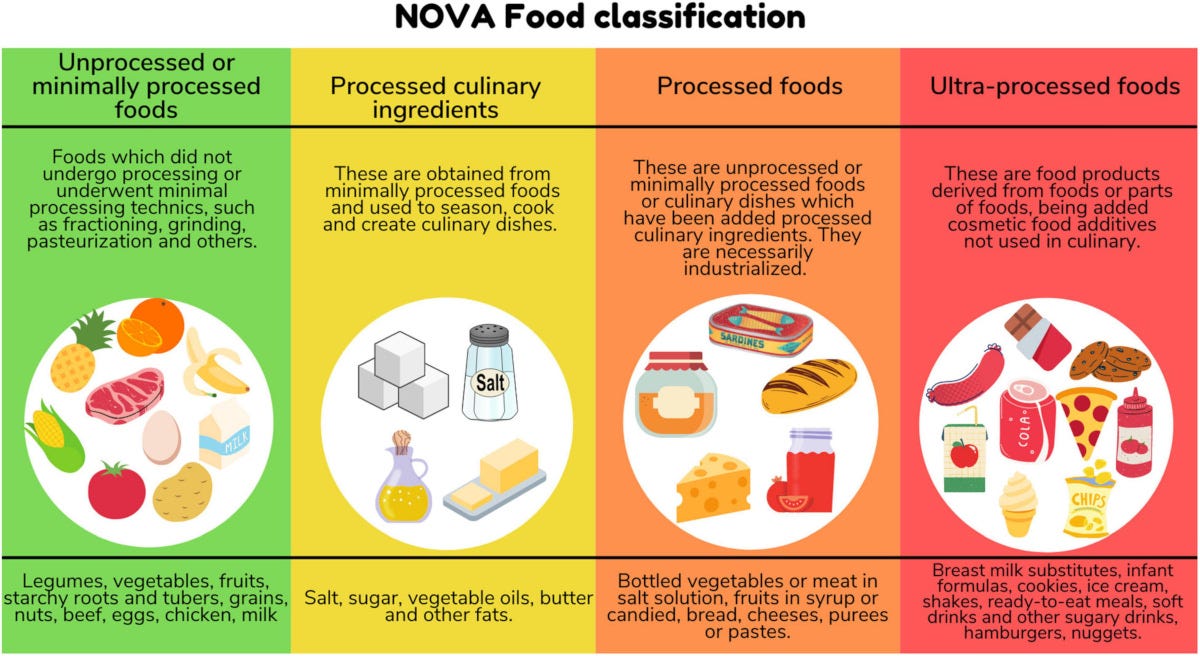

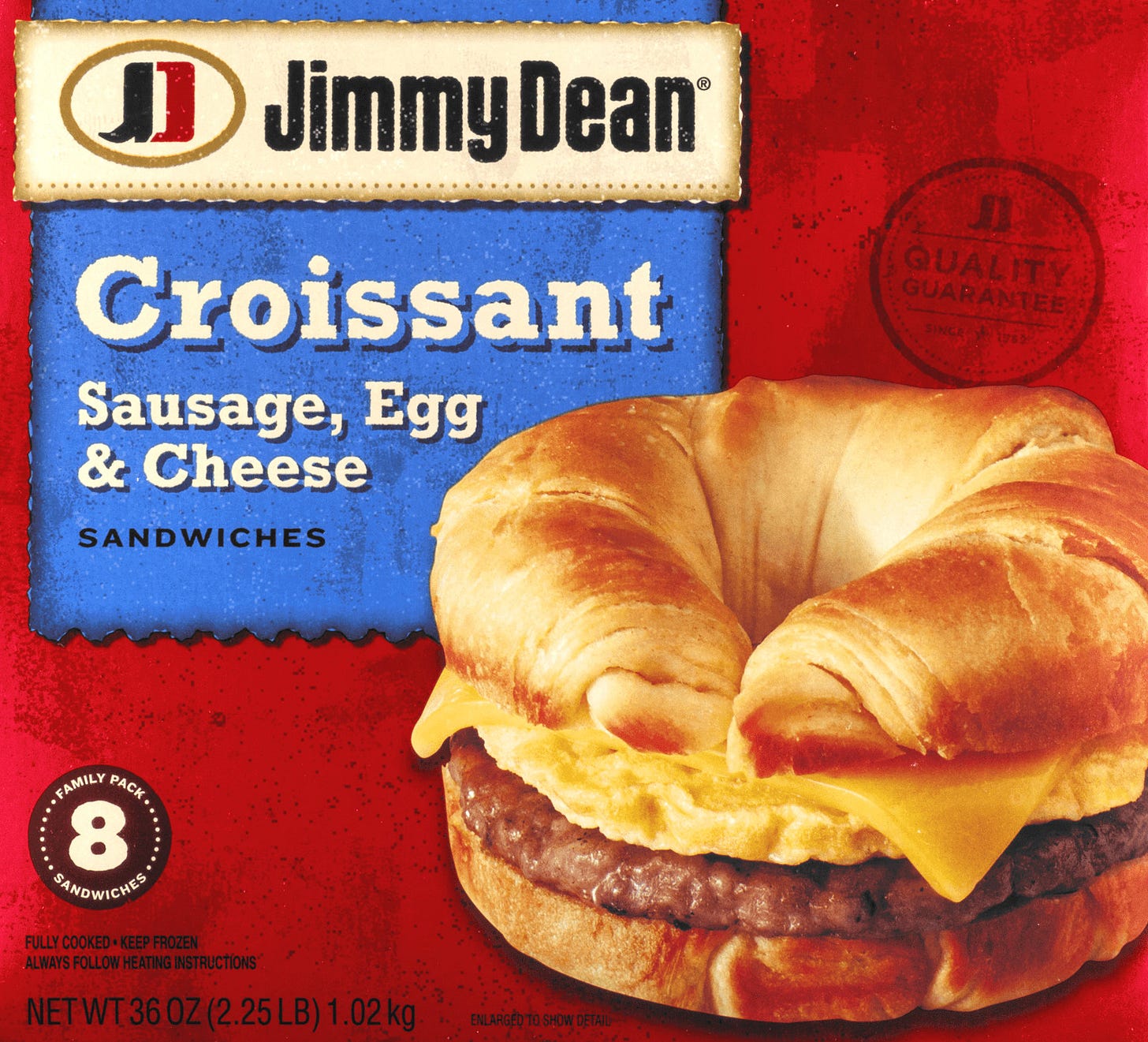
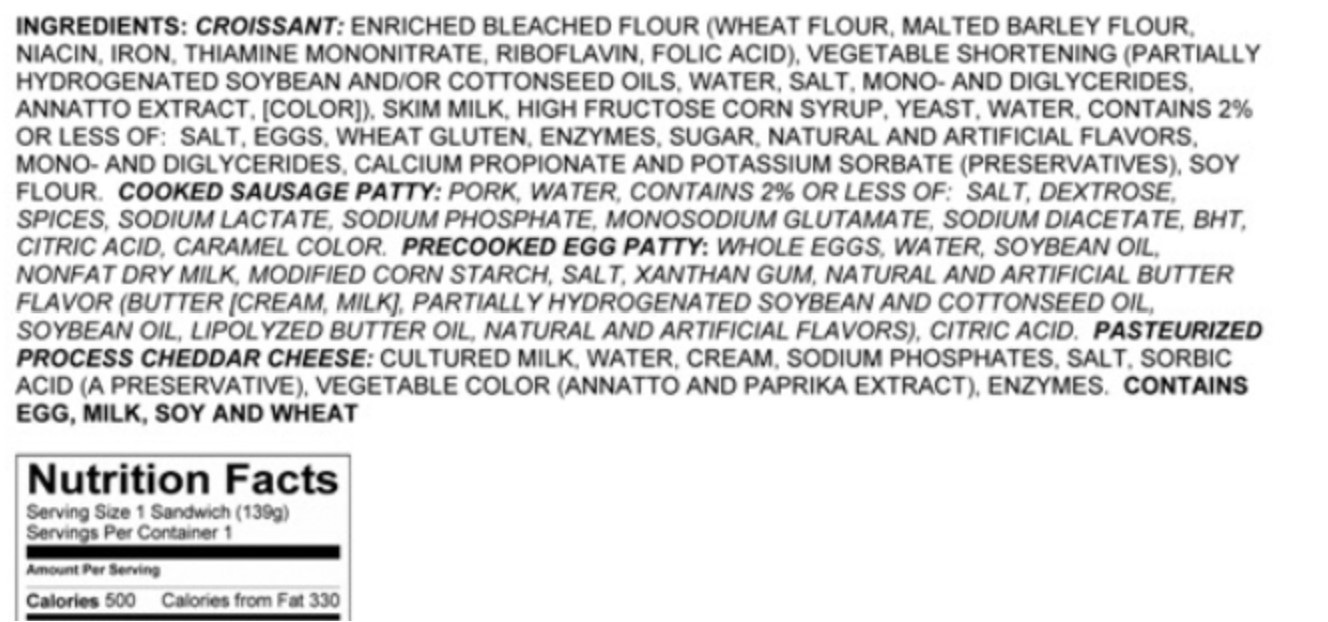
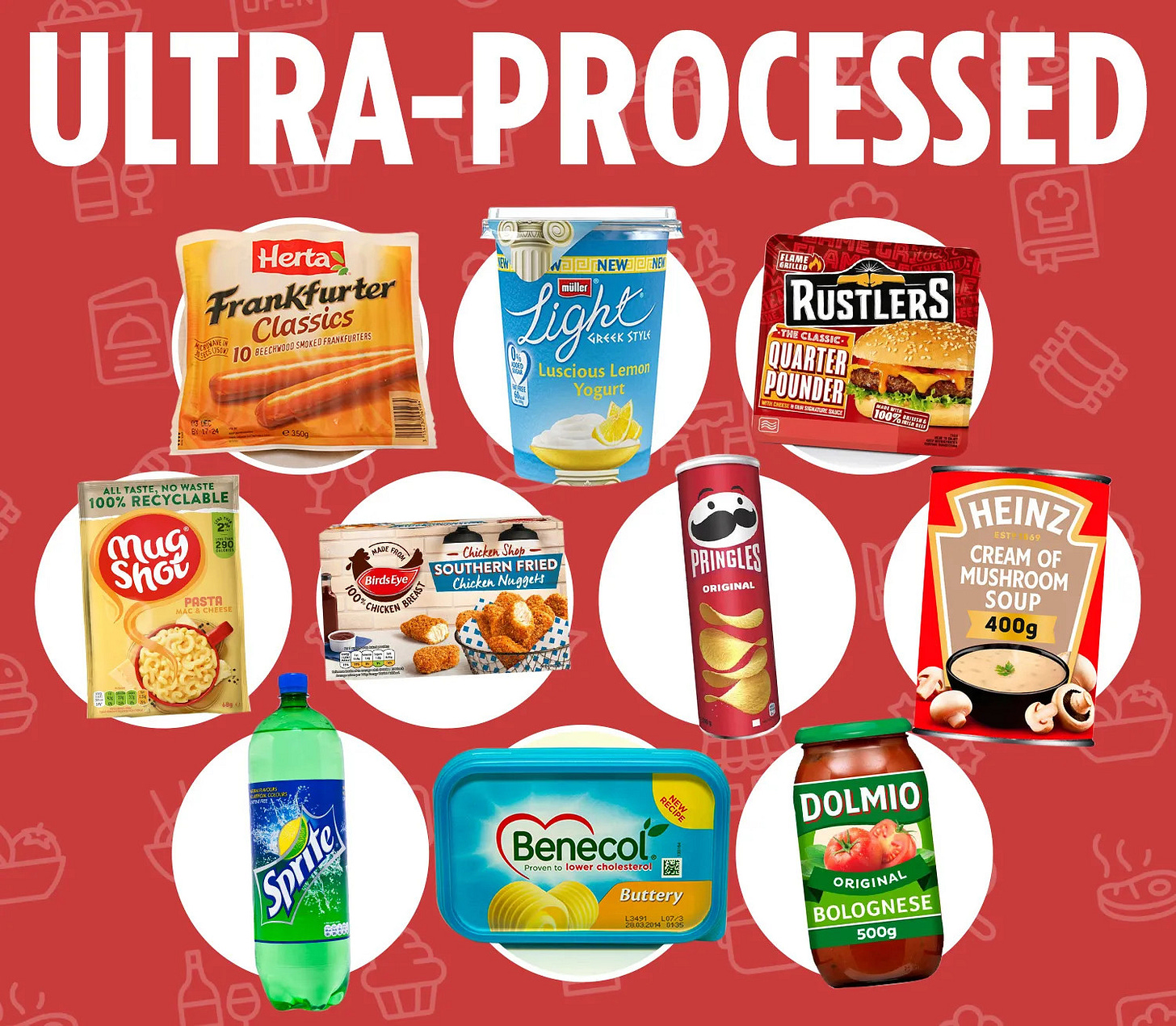

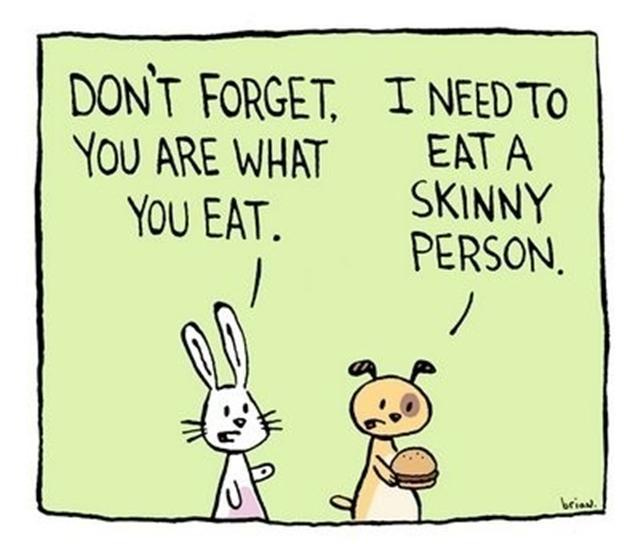

Damn those where my go to’s, Jimmy Dean breakfast sandwiches.
But yep they are a chemistry set in a food wrapper. My own experience is when eating non processed food weight is easier to control and keep off regardless of exercise. Be it vegan or carnivore which my wife and I have tried both for various health reasons. Right now I would say Im eating a Paleoish diet with the worst being lunch meat and doing good with weight and if I do even a little exercise I feel and see muscle tone even at 53.
The point about cooking at home also rings true to me for another reason than just weight. I find that even at expensive fine dining restaurants me and my wife can cook a better tasting steak or piece of fish than what we get at the restaurant.